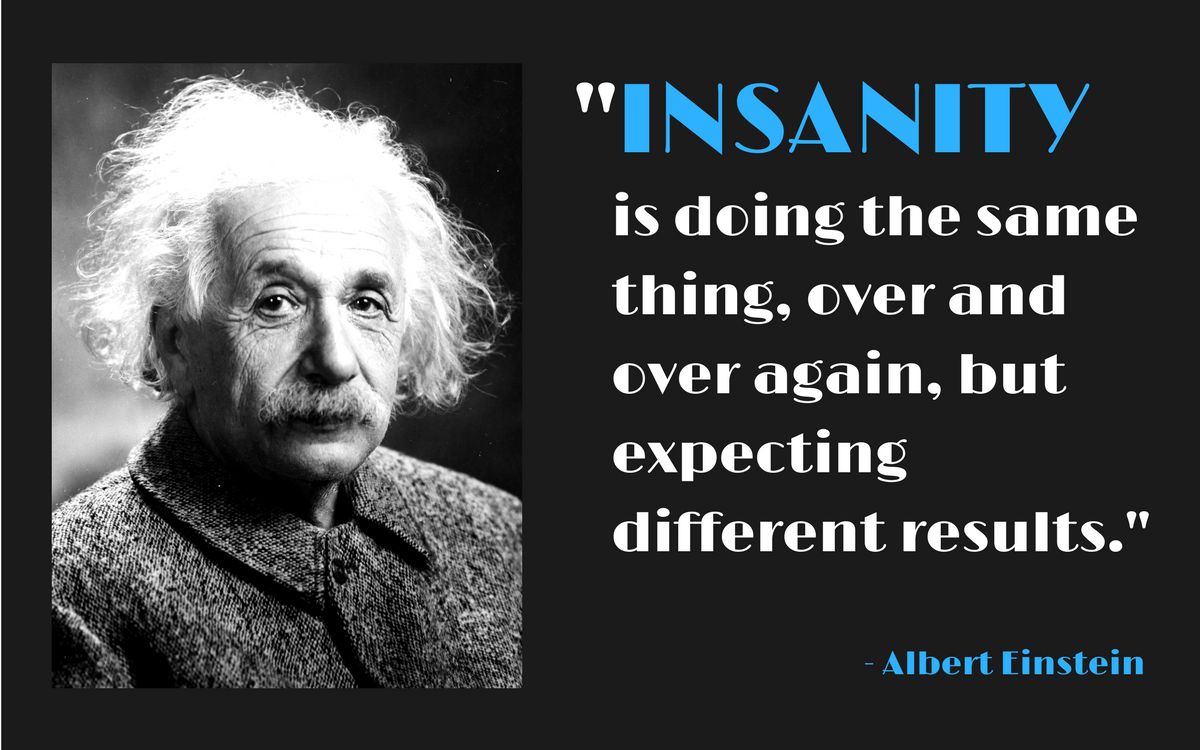For years, cloud-based providers of unified communications services have had to tout their agility and convenience as the biggest advantages they offered over on-premises solutions. They’d emphasize that on-prem could mean high ongoing maintenance costs, or they’d point out issues like the waste of offering collaboration tools that went mostly unused, and communications problems that would present themselves when company representatives would travel for business.
But there’s been a very strong tailwind for the cloud-based providers in recent months, in the form of the huge shift toward work from home policies that have come about in response to the Covid-19 pandemic. While there are proven advantages in call quality that come from on-prem systems, leaders at Vyopta have seen a marked increase in customers adding cloud solutions to their toolbox as a way for employees to easily use video conferencing and other remote collaboration options.
Matt Stevenson, senior solutions engineer, said the convenience and quick setup of cloud providers like Zoom have helped those companies greatly increase their presence in recent months. “I’m seeing the majority going towards cloud, just for the ability to not have to manage it. There’s plenty that will be on-prem and have a hybrid but I’m even a little surprised by this and I thought after Covid we would see more of a hybrid with a mix. But it seems like everyone is going 100 percent toward the cloud, which is not what I would have expected,” he said. “Either way, you’re going to want data and I hear some companies want to do less cloud, and those are large service providers with their own Internet where bandwidth does not come at a big cost to them so they’re able to control everything in-house.”
Old Preferences Are Changing
The pandemic has been such a disruptive force that companies or organizations that had been steadfast in the on-prem camp have started to loosen their thinking. Stevenson said that even extends to some in the health care field, where long-held concerns about data security and patient confidentiality had made the prospect of out-of-network options and complete nonstarter.
“There were typically a lot of industries that would say, we will never do cloud, and we need to keep all of our information on-prem. After all of the effects of the quarantine they have said that we need this to be easy, and so we’re going to be OK with cloud now,” he said. “The ones who would say they’d never do cloud would be the federal government and high security stuff as well as health care because with most health care you have the requirements for HIPAA compliance. Most collaboration platforms are HIPAA compliant because they don’t use any user-identifiable information. I’ve seen a lot of health care companies say they’re OK with this because these systems have been HIPAA compliant, but there’s still been a reluctance to want to go to cloud.”
Take Advantage Of Vyopta’s Visibility
Whether companies have spent big on new licenses to bring on thousands of new cloud users, or dedicated budget to enhancing their on-prem capacity, Stevenson said increased visibility into usage and problem areas are the consistent need for new customers looking to take advantage of Vyopta’s data and insights.
Because Vyopta has experience in analyzing every leading remote collaboration provider, there is a clear advantage in the ability to identify trouble spots early to prevent call quality issues from getting out of control. “They need to have as visibility into what’s going on as possible, and not only need to see how many calls are happening and where the problems are but also understanding how people are using things,” Stevenson said. “A lot of companies are spending hundreds of thousands or millions of dollars to deploy these solutions and it’s always interesting to me where you’d spend that much money and not say that you need a solution that’s going to give you high visibility. Whenever a customer or prospect comes to us they so often say that they have no visibility into their environment. When as user goes to make a call and they have a problem, you’re probable nine out of 10 times, maybe even more, have it where they’re not going to tell you about it. They’ll just say it’s awful and try to use something else. Some people are great at opening tickets and as a user you’re just trying to get your job done. With this you can see every problem and quality issue and how people are using things. If you’re spending that kind of money, don’t you want it to be as good as it can be?”
As part of our response to the COVID-19 pandemic, Vyopta is currently offering a free trial to help IT teams support massive expansion in remote work.
Chad Swiatecki is a business writer and journalist whose work has appeared in Rolling Stone, Billboard, New York Daily News, Austin Business Journal, Austin American-Statesman and many other print and online publications. He lives in Austin, Texas and is a graduate of Michigan State University. Find him online on LinkedIn.








